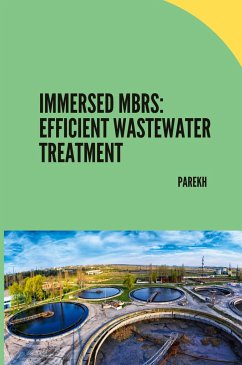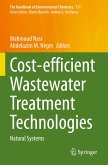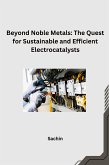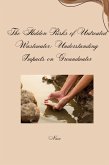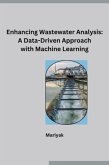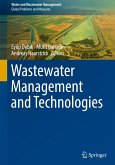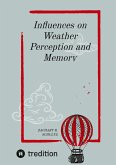More and more focus is going into establishing more sustainable approaches for wastewater treatment (WWT) in South Africa as well as around the world. Governments are beginning to enforce more economical solutions for WWT, which will have less impact on costs as well as on land area requirements. Effective solid-liquid separation in biological wastewater treatment is an important step in the process as it has a major impact on effluent quality. Traditionally this has been achieved using Secondary settling tanks (SSTs) for liquid/solid separation in combination with a biological reactor (for biological degradation of organic matter). SSTs, however, require a large space, which can become onerous on land requirements. Immersed membrane bioreactors (iMBRs) functions by solid-liquid separation taking place by the passing wastewater through membranes. These membranes are immersed in the aeration zone of the bioreactor. This thus eliminates the requirement of SSTs and are becoming morewidely used to treat various types of wastewater due to the decreasing cost of membranes and the resultant reduced plant footprint. This, therefore, makes MBR a more sustainable option. Membrane technology has a high initial capital requirement, although this can be offset against the savings resulting from the omission of SSTs and a decrease in land area requirement. (Ramphao et al., 2004)"
Bitte wählen Sie Ihr Anliegen aus.
Rechnungen
Retourenschein anfordern
Bestellstatus
Storno

